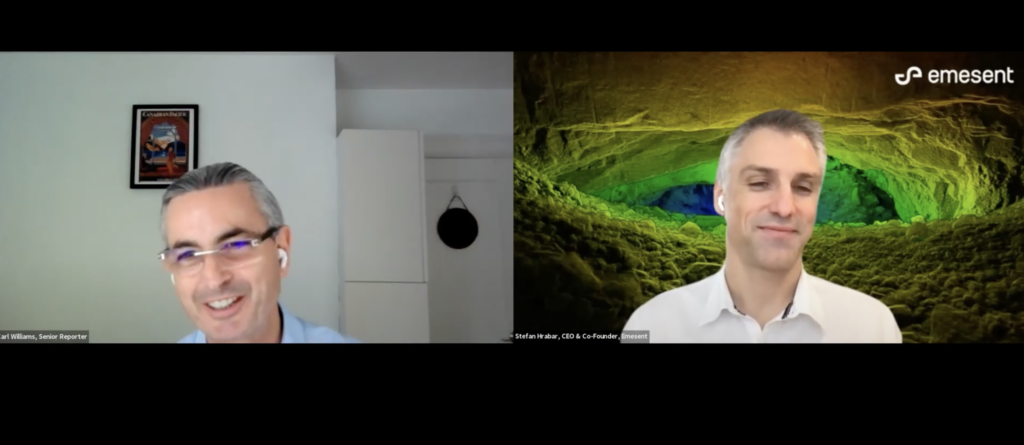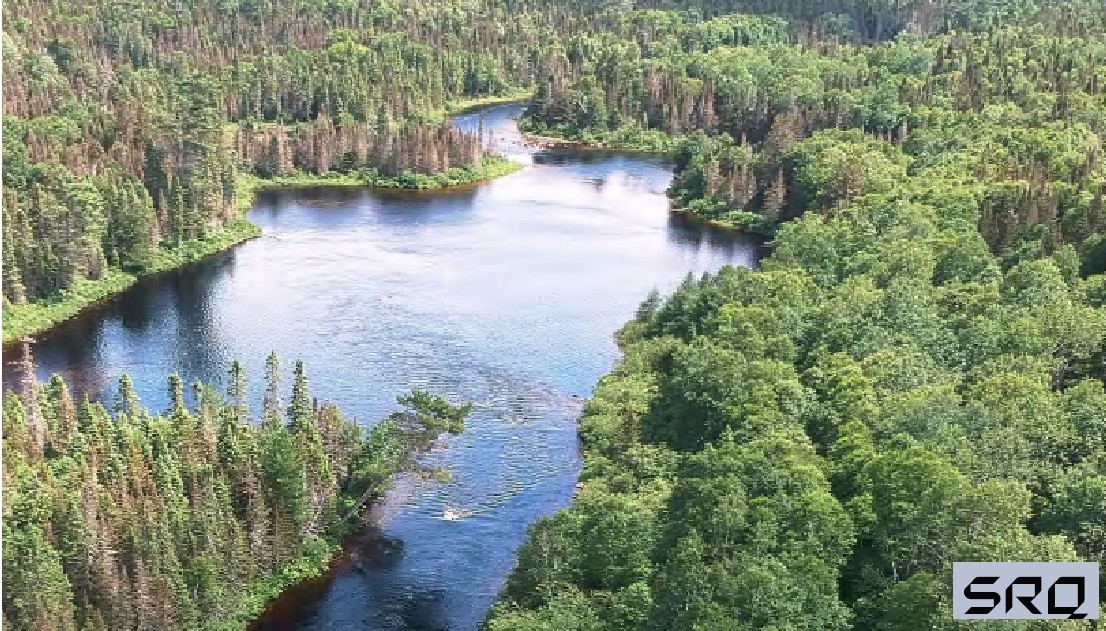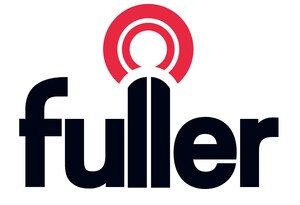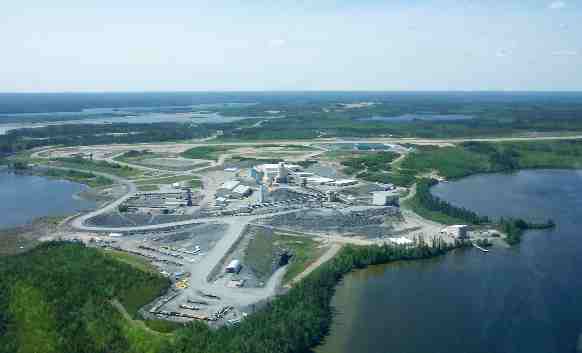Drone technology key to the digital mine: Emesent CEO

Despite the challenges of flying in a GPS-denied environment, drone technology can now be used underground. These advances are already being used to make mines safer by facilitating mapping and the real time capture of data.
In a thought leadership interview at CMJ’s Reimagine Mining Symposium on Oct. 13, Stefan Hrabar, CEO and co-founder of Emesent, said drone technology is set to become an enabler of further digitalization and autonomy underground.
“Our vision of the future… is that these systems will be an integral part of the underground environment, both drones and other autonomous systems,” he told moderator Carl Williams, a former senior staff writer with The Northern Miner.
“They’ll be permanently based and deployed underground, and launched remotely as needed to do routine monitoring and inspection,” Hrabar said.

In the case of incidents, drones can be used to inspect otherwise inaccessible areas. They can also increase productivity. Used post-blast with a gas meter to check conditions, they can confirm when it’s safe for humans to re-enter the area.
Emesent’s Hovermap technology uses LiDAR (light detecting and ranging) to capture data underground through a scanning unit mounted to a drone. The data is processed using an onboard computer and the company’s SLAM (simultaneous localization and mapping) algorithm to guide the drone and build a map in real time.
“Using that combination allows autonomous systems like drones to navigate without GPS, avoiding collisions, and at the same time capturing all that data on board to produce really detailed 3-D Point Clouds,” Hrabar said.
In the digital mine of the future, the data captured from drones will only become more important as the data is fed back to a centralized data management system that accumulates data, runs analytics, and “tries to speed up that loop from data capture all the way through to insights,” he added.





Comments